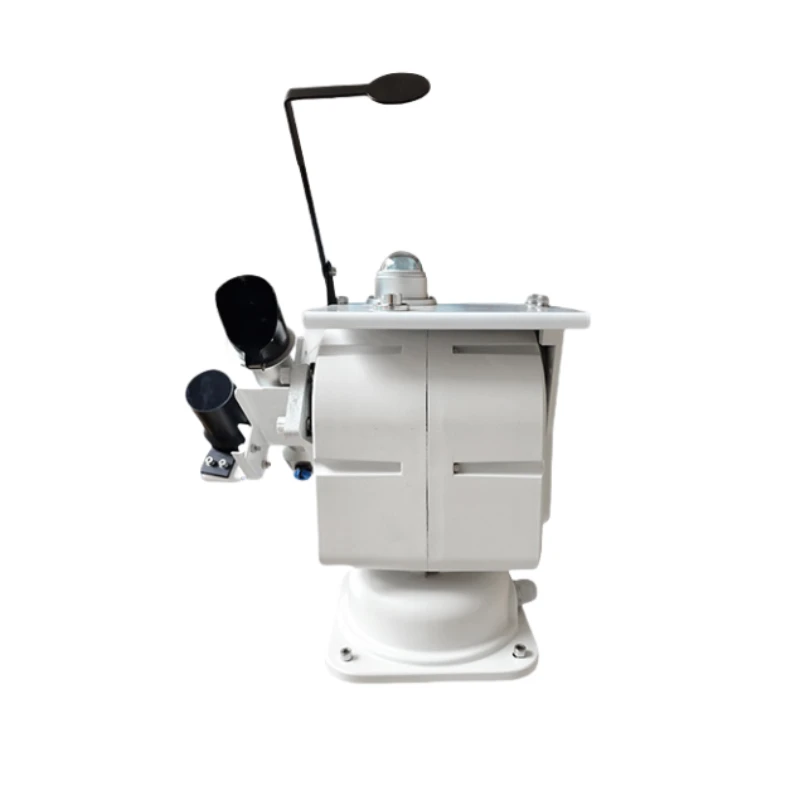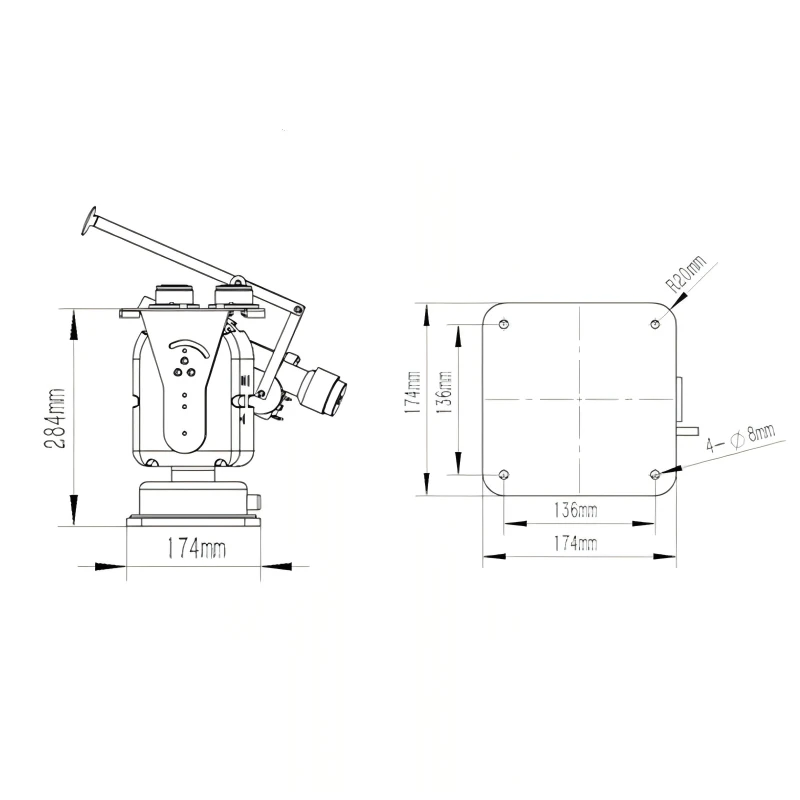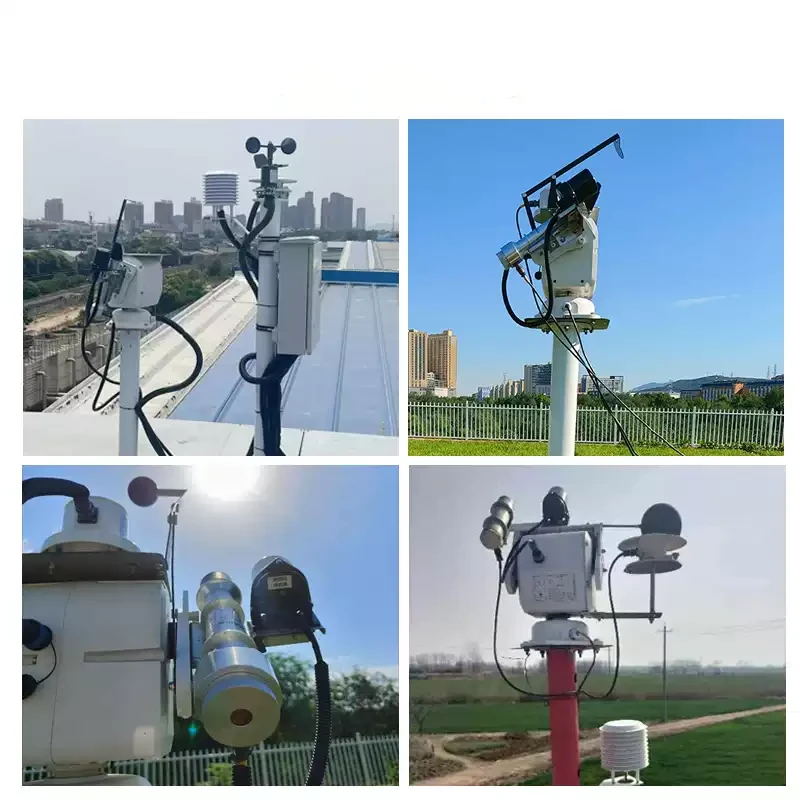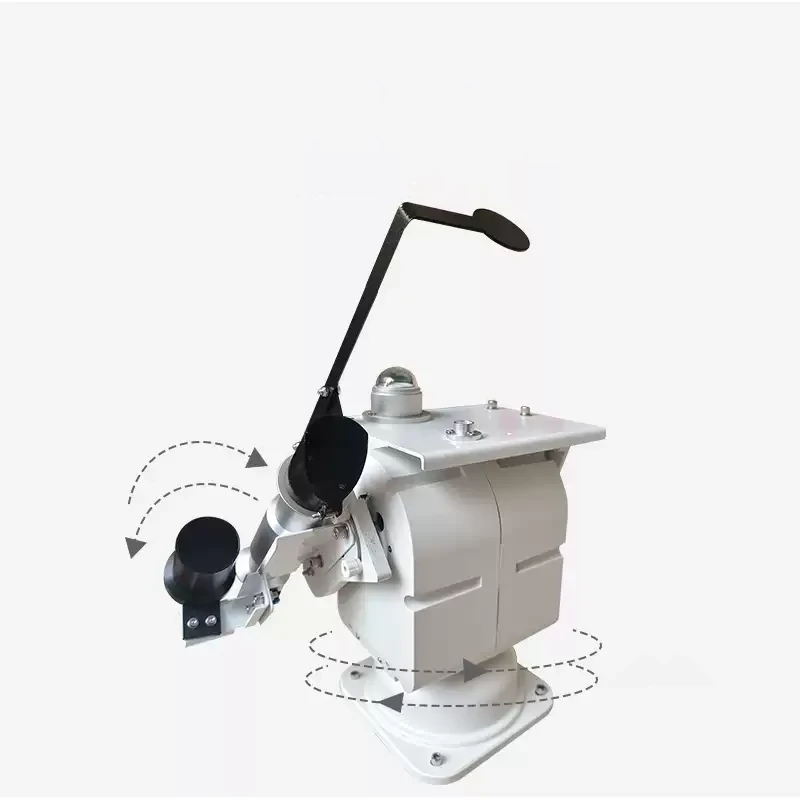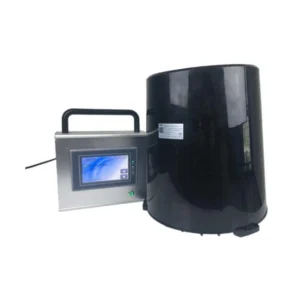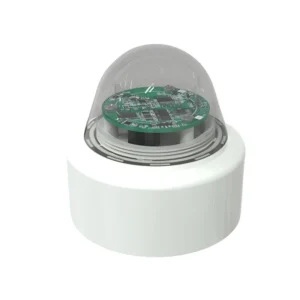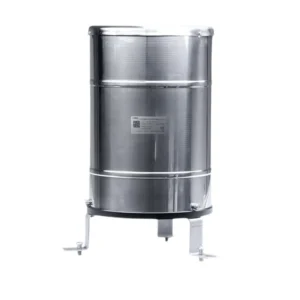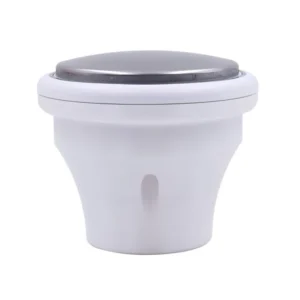Description
CDG-25B Fully Automatic Solar Radiation Observation Station
CDG-25B is a fully automatic solar radiation observation station. It is a high-tech system that records solar radiation data. This station uses high-quality pyranometers.
These devices measure sunlight from the sun around the world. This includes direct sunlight and scattered light from the atmosphere.
With a built-in automated control system, it can work on its own. It collects data at set times without needing help. The station stores data in a big memory.
It sends this data in real-time. It uses wireless networks such as Wi-Fi or cellular technology. In solar energy plants, it helps operators make more power. In meteorology, it helps us learn about the Earth’s energy budget.
Installation & size
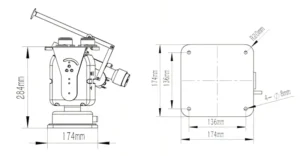
Application
◉Solar Power Plants
In solar power generation, automatic solar radiation observation stations are key for better plant performance. They measure how strong, how long, and how far solar radiation spreads in real time. Power plant operators use this data for many purposes.
They predict how much energy will be produced. They also plan for maintenance. They make good choices about growing or improving the solar system.
For example, operators can use radiation data to find the best time to clean solar panels. Dust and debris can greatly lower energy efficiency.
◉Weather Forecasting
Meteorologists use data about solar radiation to help them predict the weather. Solar radiation is important for the Earth’s energy balance. It impacts temperature, humidity, and how air moves.
By measuring solar radiation correctly, meteorologists can improve their weather forecasts. This is especially true for changes in temperature, cloud formation, and rainfall patterns.
◉Crop Growth and Management
Solar radiation is a key factor in crop growth. Farmers can use data from solar radiation stations to improve their farming practices.
Farmers can adjust their irrigation schedules based on the amount of sunlight. Higher radiation leads to more evapotranspiration, so this change is important. Understanding solar radiation helps farmers pick the right crops for their area and season. This choice boosts productivity.
Sensor News
What Different A Solarimeter From A Pyranometer?
